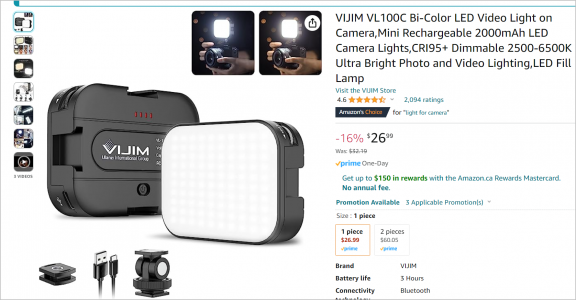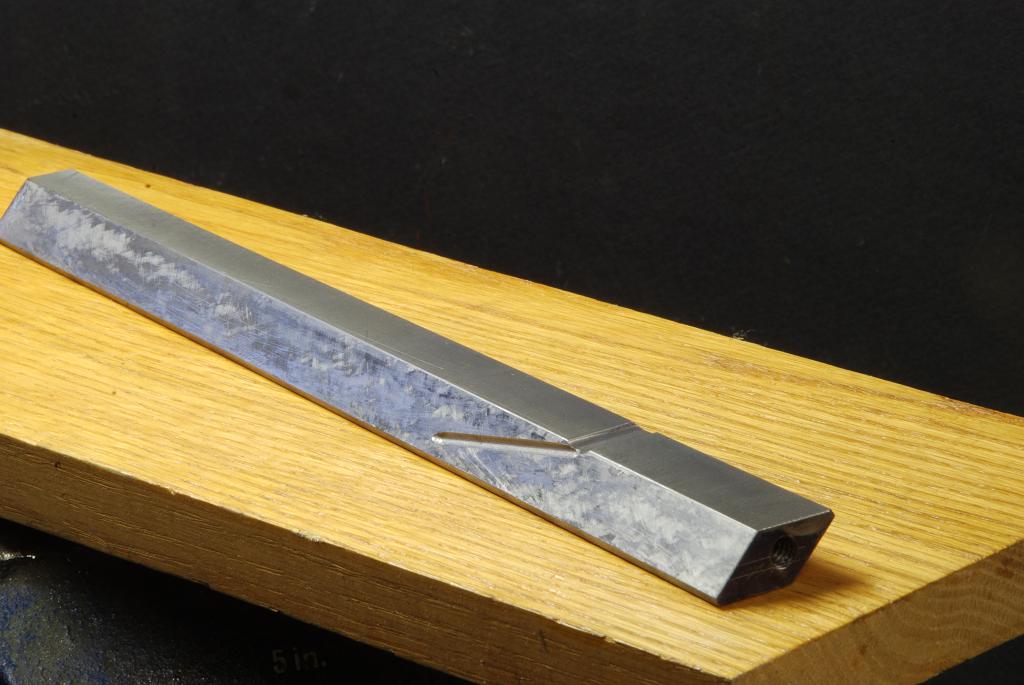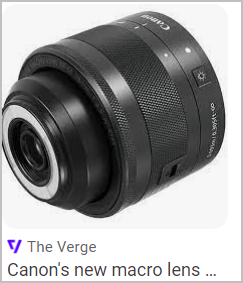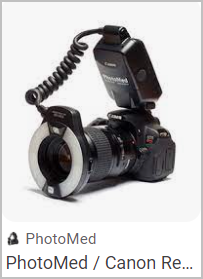Why does the effect of mechanical equipment not prove to be good looking?

Why does the effect of mechanical equipment not prove to be good looking?

Who can provide a better shooting plan, skills? Does enhancing and re-enhancing the lighting have a good effect?
Why many times the micro-single camera shooting effect is not as good as the mobile phone shooting?

Why does the effect of mechanical equipment not prove to be good looking?
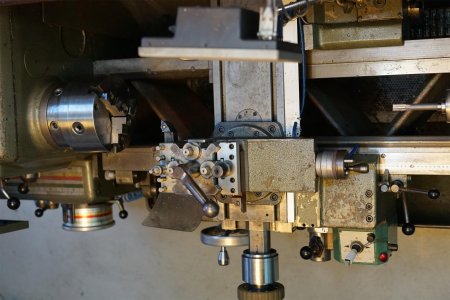
Who can provide a better shooting plan, skills? Does enhancing and re-enhancing the lighting have a good effect?
Why many times the micro-single camera shooting effect is not as good as the mobile phone shooting?
Last edited:

